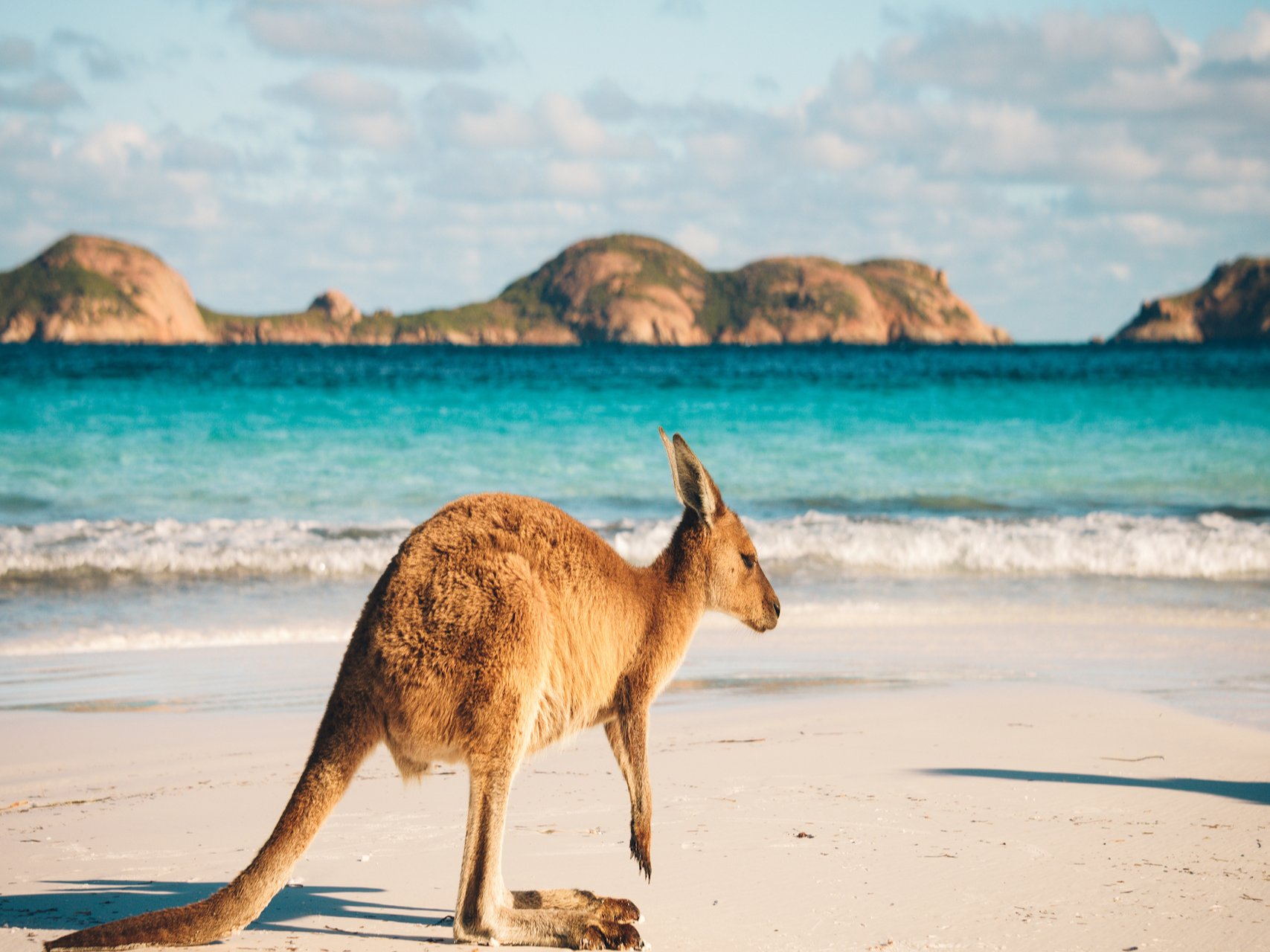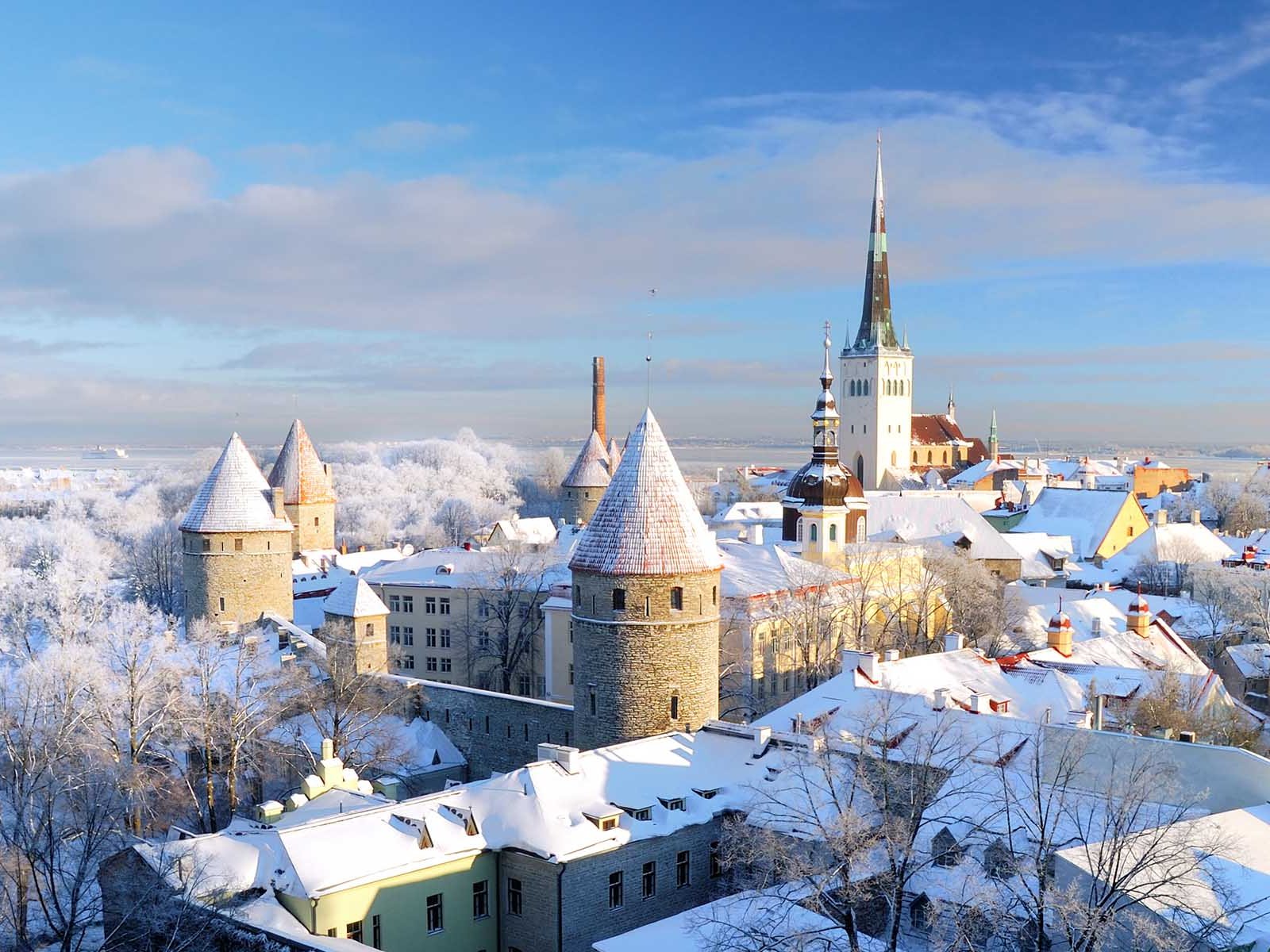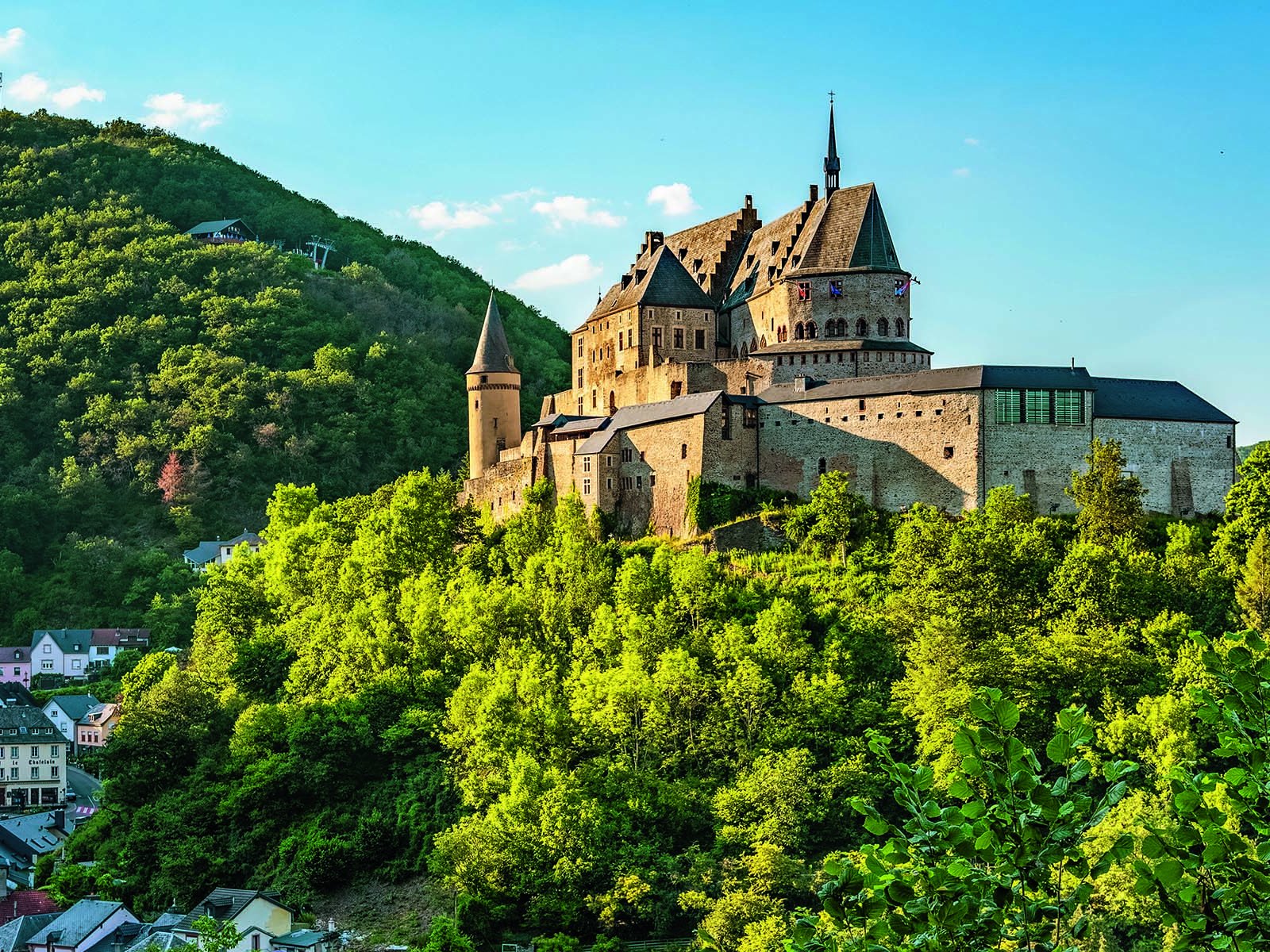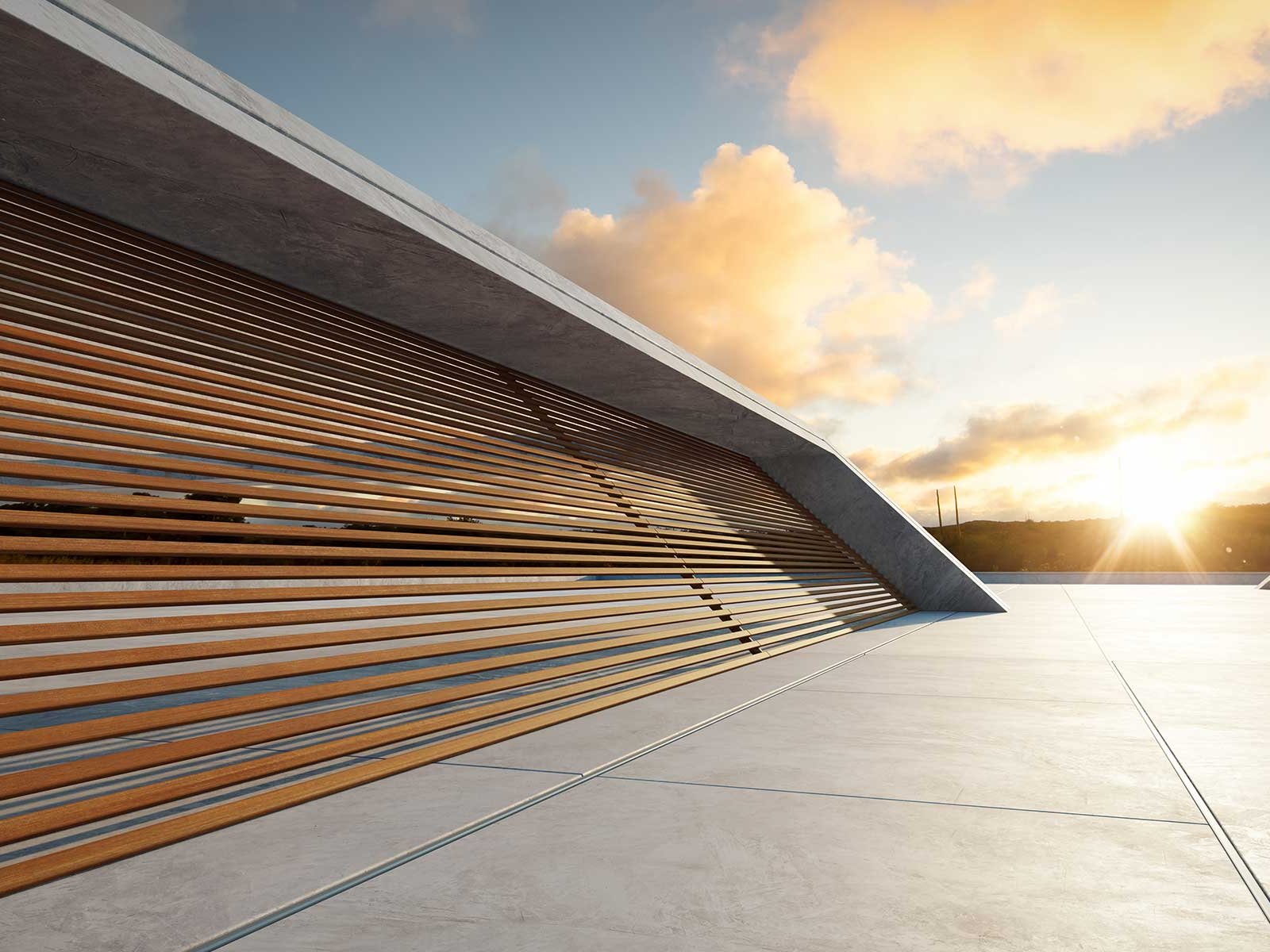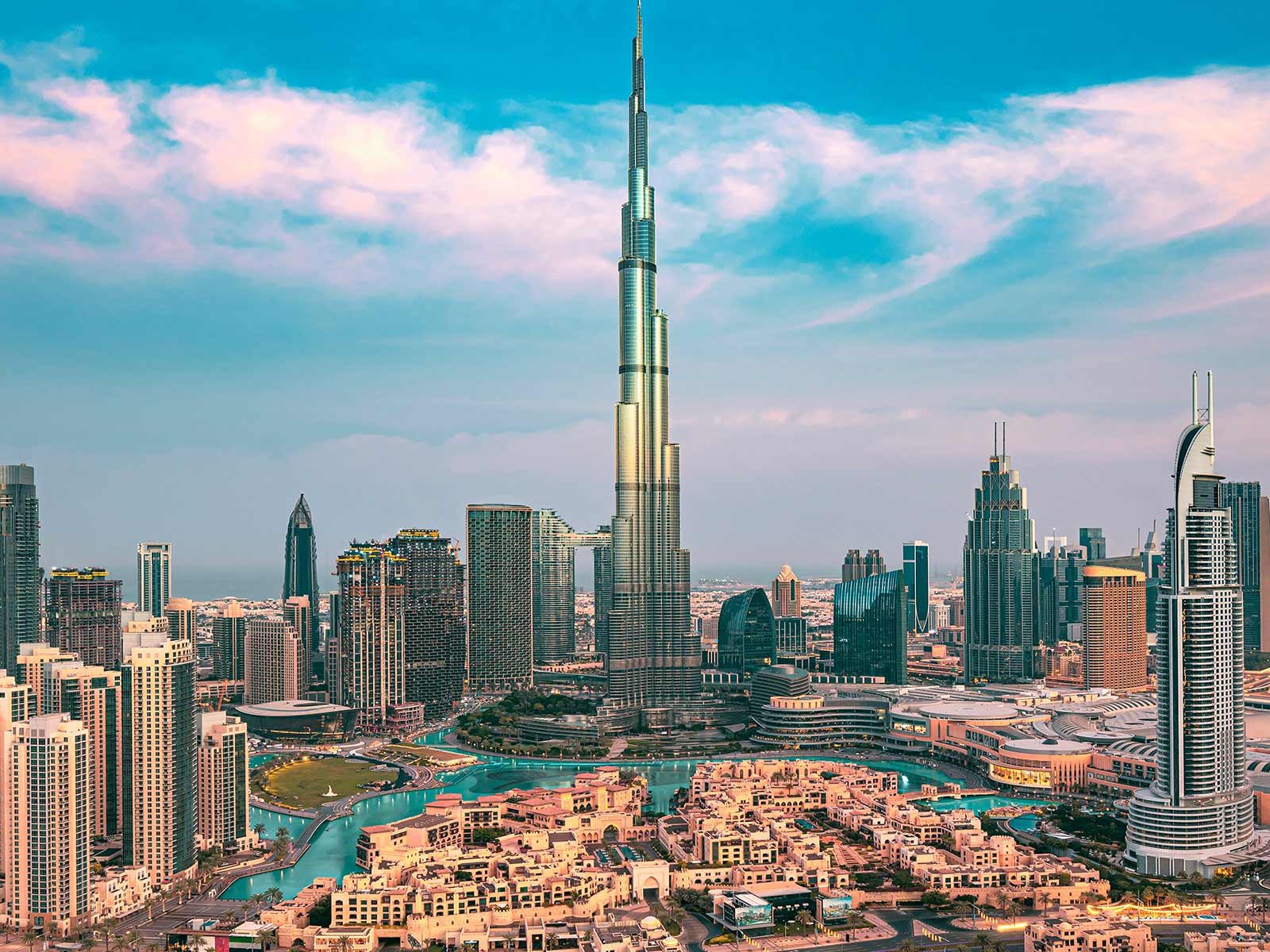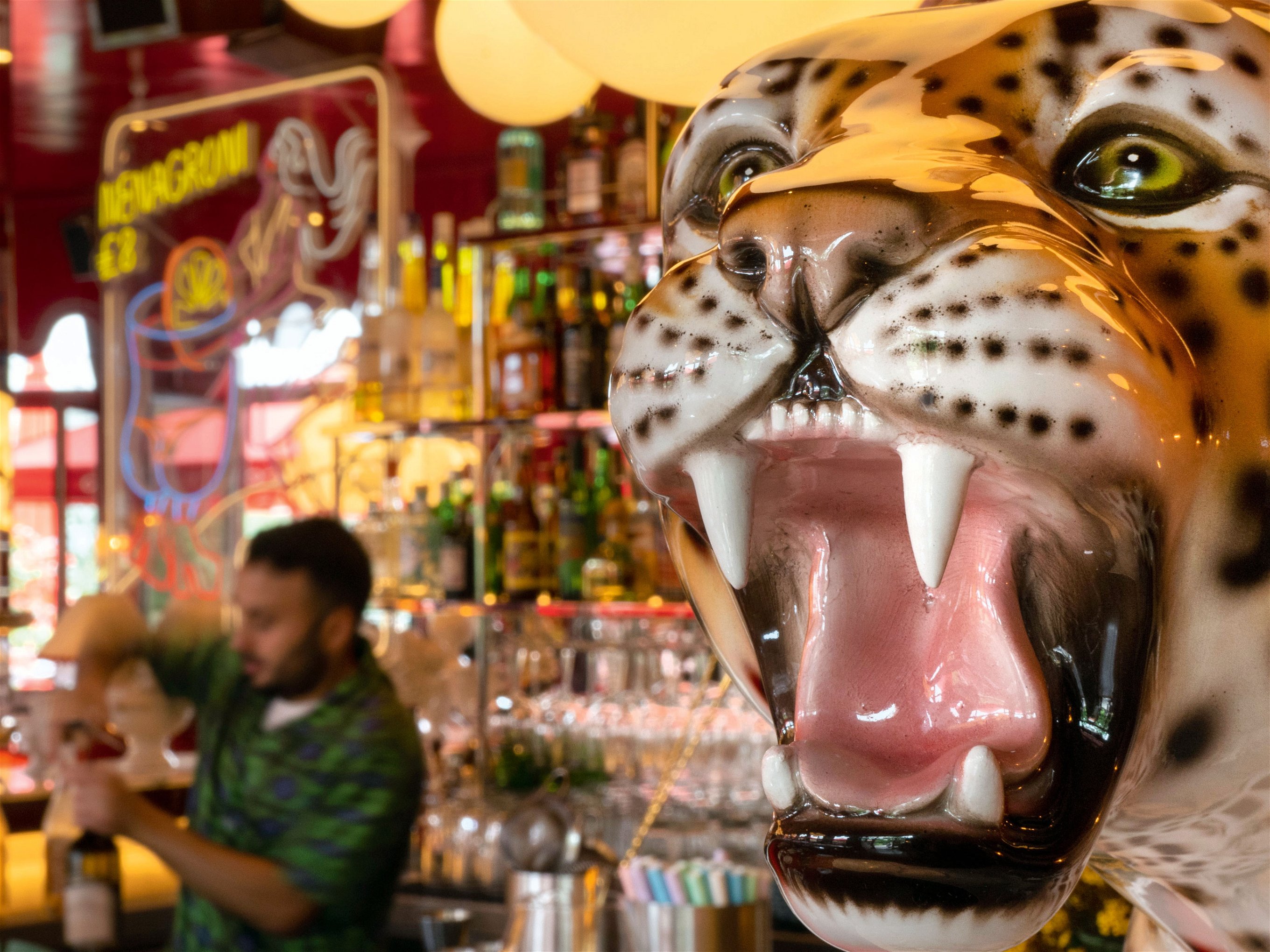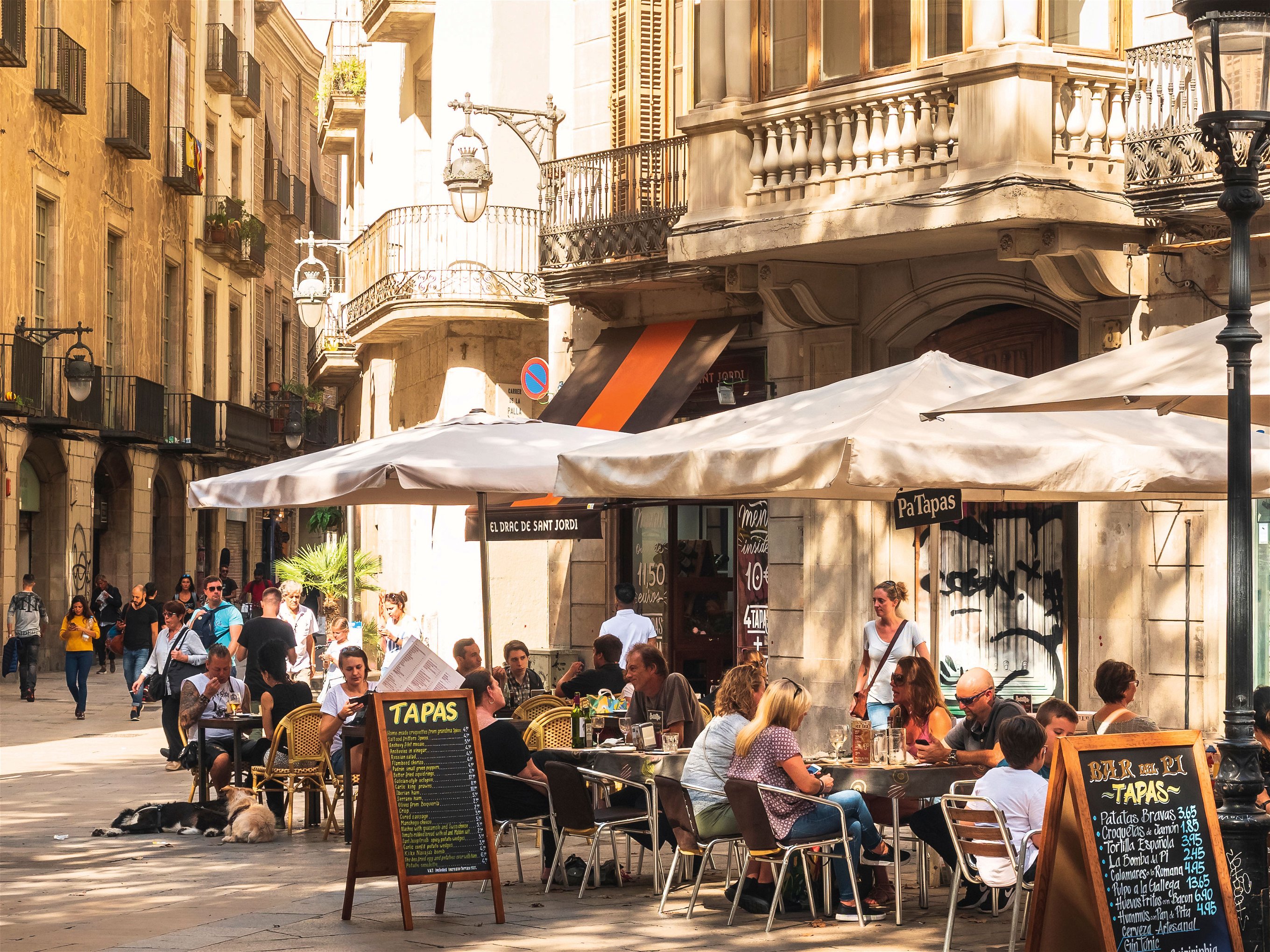French Riviera
The French Riviera’s appeal is timeless. Who can resist the scenery, the incredible light, the smell of salty air and pine carried on the Mistral wind?
The Côte d’Azur, that stretch of the French Riviera from Cassis in the west to Menton in the east, already was a destination in the 18th century. Aristocrats wintered here to escape the cold of their homelands. From the mid-19th century onwards, trains linked this part of southern France to Paris, but it was the Blue Train, Le Train Bleu, which clinched the Riviera’s reputation as the playground of the wealthy. Connecting with the British cross Channel ferry, it ran from Calais all the way south. Railway posters advertising destinations like Juan les Pins, Antibes, Nice and Monte-Carlo are vivid mementoes of that time.
Passengers travelled overnight in a luxurious trifecta of food, drink and comfort: boarding the luxurious train in the afternoon: with Champagne flowing, they would dine and sleep on board – and wake to southern sunshine and a dramatic view of the Massif de l’Esterel. The rich, the powerful, the international jet-set flocked south. And who can blame them: far-reaching coastlines with secluded beaches and coves, pine forests and citrus groves. That same lure still draws visitors, but food and flavour will be as memorable as sunshine and scenery.
Nestled on the edge of Marina Baie des Anges, facing the boat masts and a towering residential complex, La Flibuste-Martin’s is the first Michelin-starred restaurant in Villeneuve-Loubet. Chef Eugénie Béziat connects diners to the fruits of land and sea with classic French cooking. On the menu? A selection of dishes representing fire, earth, air and water: saddle of local lamb, Giol oysters from Tamaris Bay, sweetbreads with Provençal celery and lavender from Gréolières. Go with the six-course menu and finish with the sumptuous desserts.
The Riviera’s beautiful light has always drawn artists. Matisse, Chagall, Picasso and Renoir all spent time here and the tradition continues: The Colombe d’Or, a hotel and restaurant in the hilltop town of Saint-Paul de Vence, has welcomed some of the most important artists of the 20th century.
The owners, the Roux family, would often exchange lodgings for works of art. A sign at the hotel entrance reads: “Ici on loge à cheval, à pied ou en peinture.“ This roughly translates as “here we host those on horseback, on foot or with paintings.“ Guests come for the food, but stay for the artworks adorning hotel rooms, hallways, the dining room and the courtyard – all displayed without labels or plaques and making for a lovely guessing game.
Nice and further inland
The region’s hub, Nice, is an obvious base for exploring the region. As France’s fifth largest city, it is unusual for having vineyards within its city limits. Under their own appellation since 1941, white, red and rosé AOC Bellet wines grow in the hills above the town. The dark grapes Braquet and Folle Noire are of particular note, so wine tasting is an option, too.
You must not miss the historic centre of Nice, Vieux Nice. Wander the streets: along and around Cours Saleya, you will find beautiful trompe l’oeil buildings amidst bistros offering hearty Niçoise specialities. This is the place to come for fresh soupe au pistou, a summery soup with France’s answer to pesto sauce; or pissaladière, a savoury tart topped with onions, olives and anchovies. At the port of Nice, fishermen tumble forth the day’s catch which then features heavily on the local menus. Go for rouget (red mullet), loup de mer (sea bass) served on coarse salt with a simple wedge of lemon or tellines, tiny clams steamed with parsley.
You can follow the Route du Sel (salt route) which traces the old trade route from Nice through the Vésubie Valley via the village of St-Martin-Vésubie to Italy. An endless zigzag of mules carried goods across the mountains to Italy, monitored by the gabelous, customs officers who collected the gabelle du sel de Nice, the unpopular salt tax. The ancient stone buildings are hidden gems – in St-Martin-Vésubie you can see the listed Maison Gubernatis where the mule cargo was checked and weighed, and the occasional contraband salt smuggler passed.
It is worth coming away from the busy coast to explore further inland. Pastures, craggy gorges, lakes and pine forests offer a slower pace. You should make your way back to the coast on the famous Moyenne Corniche, one of three stunning panoramic routes, carved into the rocks in the 1920s. It will take you from the mountains to the sea in less than an hour, passing the hilltop village of Éze. The route offers views of Villefranche-sur-Mer and, to the east, the Principality of Monaco’s high rise buildings pushing against the sky.
Monaco has always been fantastical with its heady combination of luxury yachts, Formula 1 racing, the Prince’s Palace and Casino de Monte-Carlo. High-end dining is right at home here but if you want something more earthy, head to the Marché de la Condamine tucked behind Port Hercules. You will find Monégasque fare such as barbagiuan, a savoury pastry stuffed with Swiss chard and ricotta, or stocafi, a dish of dried cod, simmered in tomato sauce, vegetables and black olives. Get just the right local buzz with a local gin and tonic: the Distillerie de Monaco’s is infused with local oranges and lemon thyme.
First Citrus, then Saint-Tropez
If fruit is your thing, head to Menton. It is the perfect antidote to Monaco. The town is famed for its lemons, prized by top chefs for their vibrancy, lack of bitterness and the high oil content of their peel. Locals sit in the sunshine on the gentle curve of Plage des Sablettes, chatting away. Making your way back west along the coast, Saint-Tropez awaits.
With its small harbour, pastel buildings, exclusive beach clubs, boutique hotels and some serious high-end shopping, it is emblematic of the entrire coast. What makes Saint-Tropez stand out is its unusual mix of relaxed, small-town flair and understated glamour. Notwithstanding the luxury yachts, the authentic, southern French charm that draws revellers and celebrities alike has been preserved. A day at one of its legendary beach clubs along Plage de Pampelonne is a must. Club 55 still carries off its inimitable mix of effortless style and simplicity.
It seems that the more life changes elsewhere, the more it stays the same on the Côte d’Azur. There has always been glitz and glamour, yet they have never quite managed to obscure the essence of the land, its coast and dramatic mountains, its smells, flavours and sounds. It still is the place of unhurried summers – always bathed in that incredible light.


